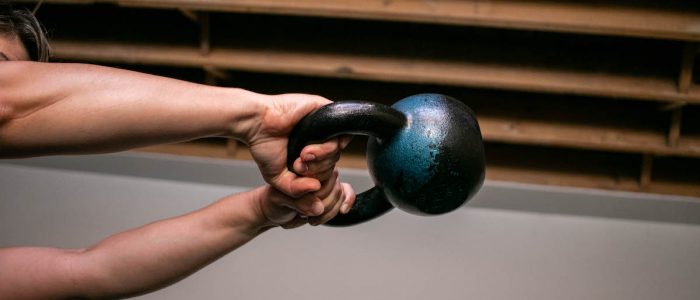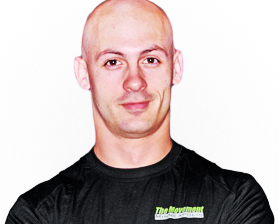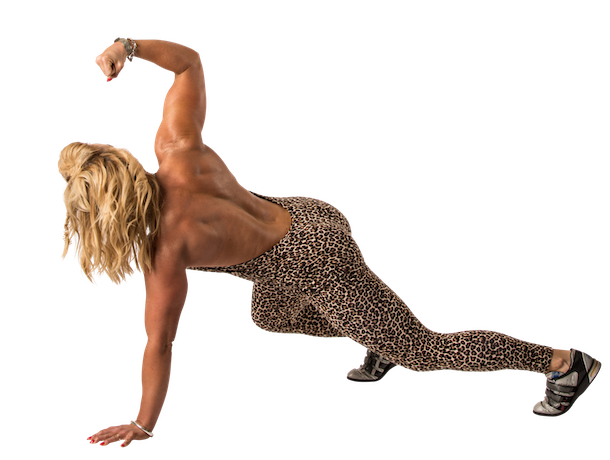
I had a quick session with a client yesterday who had asked me to take a look at their deadlift and let them know what they needed to do to take their deadlift strength past the next milestone.
Immediately I was reminded of something that I see as a weak link for so many people: The upper back! Lower back always gets the attention (especially when it’s hurt) but I’m telling you that time and time again it’s actually the upper back that is the limiting factor in people’s strength – and not just for deadlifting. It blows me away how many people neglect training this area specifically.
Your upper back is naturally a point of more movement than the lower back – the thoracic spine is intended to be more mobile than the lumbar – and with your arms and neck attached here the number and complexity of articulations is infinitely more than the lower back. It becomes either an anchor point or a hinge point for tons of movements – preferably an anchor if you’re strong enough.
And guess what I’ve found to be one of the best kept secrets in building upper back strength? Kettlebells.
Of course, of course barbells are useful and various barbell movements should be a big component of any effort to increase upper back strength. But in my experience I’ve learned that kettlebells are extraordinarily useful, I believe for 3 main reasons:
- The rack position from which many KB movements start, finish, or pit-stop at is a very taxing movement for the upper back creating a lot of time under tension in pretty poor leverage. Anyone who has ever done KB front squats with the bells in the rack position knows how difficult they are, even compared to barbell front squats. Almost all KB pressing movements start from this position, and the big ballistic movements such as long cycle clean and jerk make a stop here. Unless you’re using KBs wildly inappropriately, you end up spending LOTS of time in this super-beneficial rack position.
- Speed. One of the biggest advantages of kettlebells is how well they work for explosive ballistic movements such as snatches, cleans, long cycle etc. The high speed of these movements creates momentary tremendous load that your tissues have to absorb and stabilize. I said before you become either a hinge or an anchor. Well when you spend enough time doing ballistic kettlebell movements you get very good at anchoring the arms with the upper back.
- Variety in unilateral, bi-lateral, and contra-lateral movement. If all you ever do is bilateral barbell work you’re going to be missing the strength in certain ways of moving. Same goes for only doing unilateral movement. KB training that is well-rounded tends to have you doing single-arm, double-arm, as well as alternating work. This builds tremendous ability to move in varied ways, which in turn builds tissue in a wider and more expansive distribution.
In all my years of training I have yet to find anything that is as good as training properly with kettlebells to build tremendous upper back strength – which translates directly to big deadlifts (and to a lesser extent squats). It’s a nice bonus that it also builds great work capacity, resilience to injury and tissue turnover.



